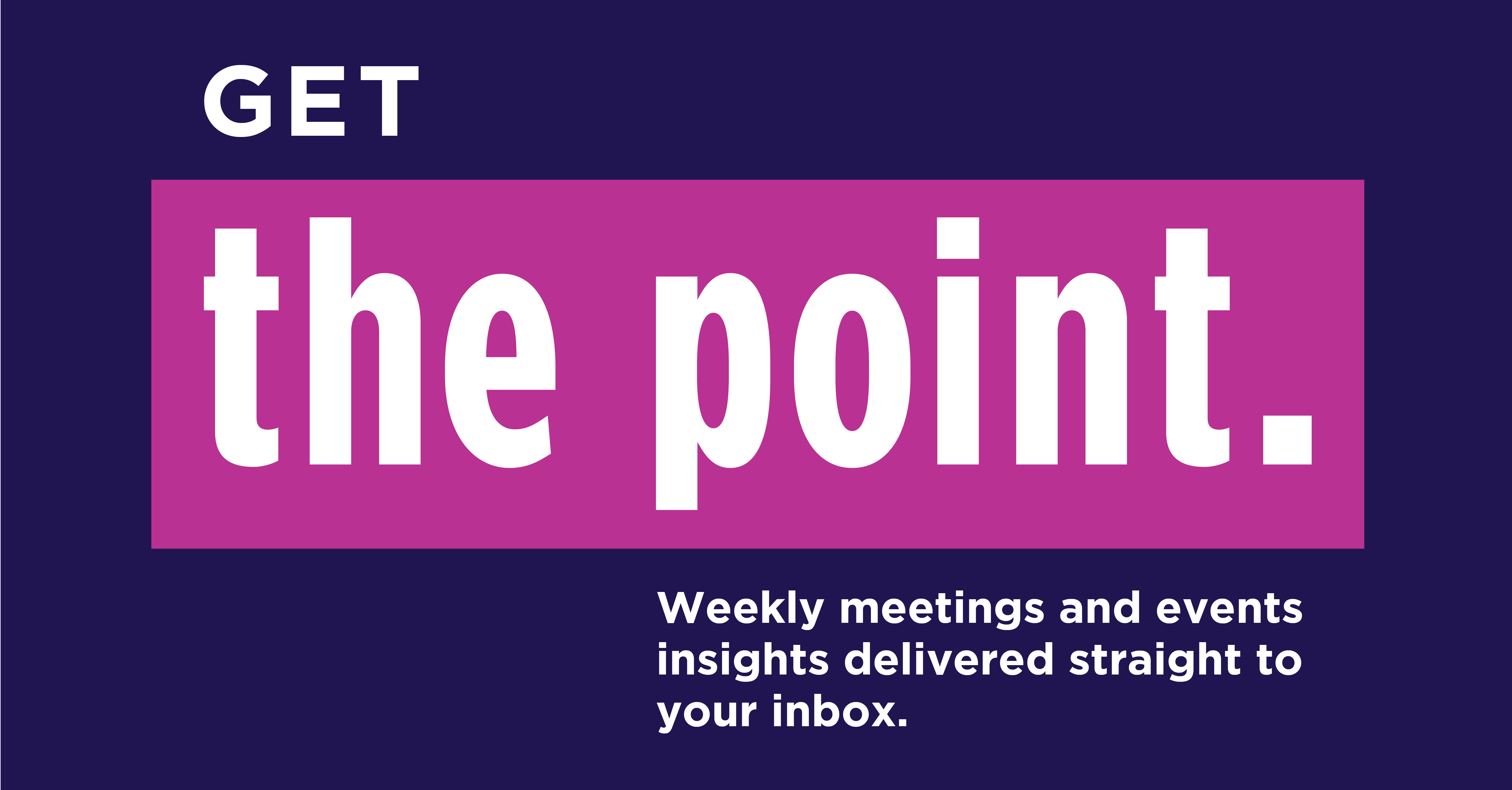In the piece, we investigate the importance of patient centricity and what to expect within the next decade. We also explain how and when the shift towards a patient-centric approach began. In this post, we explore the journey of life sciences’ largest resource in research and results – the patients.
Today, many health care systems in the world are under immense strain. The life sciences sector has taken on this dilemma by advancing the use of technology in the treatment of disease. Technology has enabled the use of communication channels, such as social media, to inform and educate patients about disease states and treatment options. In addition, patients are also able to better inform the industry and other patients about their journey with a disease state. Ultimately, this has led to a subtle shift whereby patients are able to establish relationships with not just healthcare providers, but also pharmaceutical and biologic manufacturers.
“Empowered patients are driving a social movement and spearheading a shift in roles “as profound as women’s liberation, racial equality, gay rights, and disability rights”. They are capable and motivated to help themselves and other patients to get better care and work with health professionals to improve services which are not well geared to meet the challenge of demographic change….” [1]
The bidirectional relationship appears to be improving healthcare outcomes. Patients offer a wealth of knowledge. Their increasing participation at medical meetings and events reflects both the rising tide of a “patient-centered focus”, and patients’ desire to be involved in the pharmaceutical processes that create the products they utilize.
How patients became crucial resources
for Life Sciences meetings
There are many organizations, led by both groups and concerned individuals, some in the non-profit sphere and others governmental, who have propelled the issue of patient centricity to the forefront. A brief snapshot of some of the key players are detailed below.
Late 1980s
Pharmaceutical agencies begin to recognize the need to include patients in the movement to improve pharmaceutical research and therapeutic options after the HIV/AIDS outbreak of the late 1980s.
1991
In the US, the FDA begins to engage patients within multiple advisory committees and councils, as well as the Patient Engagement Collaborative.
1995
The EU based ‘European Medicines Agency’ (EMA) is founded in order to protect public and animal health. The EMA involves patients and caregivers to represent patients as individual experts.
“Patient representatives are invited to participate in EMA scientific advisory groups as individual experts to share their real-life perspective and experience in relation to a particular medicine in their disease area.” [2]
1999
The International Alliance of Patients’ Organizations (IAPO), based out of London, is founded. The IAPO is a global alliance representing patients of all nations to promote patient-centered healthcare in the areas of policy and advocacy, capacity building and cross-sector alliance. [3]
2001
The first full-service agency in the US to bring strategic, regulatory-compliant, patient stories to life is set up by Brenda Snow. [4] After being diagnosed with MS, Brenda directly contacted the pharmaceutical company that was producing her medication, providing an opportunity for them to engage for the very first time with an MS patient.
2009
The Society for Participatory Medicine is created by Dave de Bronkhart. The basis of this movement was the theory that health care is an equal equation between patients and providers. [5]
“Central to its belief is that whereas the physician brings training and clinical expertise, patients bring their life experience, their deep investment in the outcome of their case, their skills and resilience, and a unique perspective on needs and priorities… We believe that medicine cannot achieve its potential if it ignores the voice of thinking patients.” [3]
2012
The European Patients’ Academy on Therapeutic Innovation (EUPATI), a multi-stakeholder program, is led and hosted by the European Patients’ Forum (EPF). It provides education and training to increase the capacity of patients to understand and contribute to medicines research and development (R&D). [6]
2014
The NHS Foundation Trust begins offering a significant patient leaders training course.
“We (now) have patient leaders sitting on our accountable care systems, attending chief executive meetings, participating in our digital hospital groups (where they are often ahead of the curve) and on consultant interview panels—and the CEO has a patient mentor.” [7]
As the timeline shows, patient centricity has been steadily growing for the last thirty years. Beyond NGO and governmental organizations, the industry has also propelled its involvement of patients in medical meetings, patient programming, conferences and internal meetings.
References:
- [1] bmj.com/patient-spotlight
- [2] ema.europa.eu/en/documents/other/involvement-patient-representatives-scientific-advisory-groups-european-medicines-agency_en.pdf
- [3] iapo.org.uk/vision-and-mission
- [4] pharmexec.com/brenda-snow-advancing-patient-story
- [5] participatorymedicine.org/
- [6] eupati.eu/
- [7] blogs.bmj.com/bmj/2017/12/22/tessa-richards-patient-leaders-healthcares-untapped-workforce/
Originally published Feb 11, 2020 3:00:00 AM
Last updated on Apr 6, 2023 4:32:21 PM


